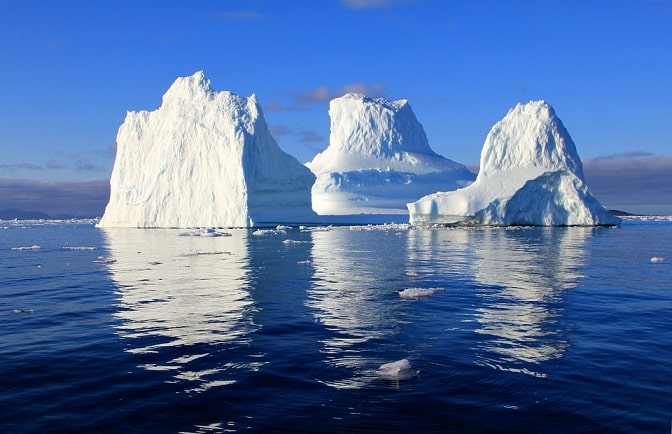Stef Lhermitte, an assistant professor at Delft University of Technology in the Netherlands, was recently testing a methodology to detect melt – he makes animated GIFs from the black and blue grainy images of Greenland captured by the European Space Agency’s Sentinel-1 satellite – when he discovered a small line that he thought looked new and took to twitter to help determine its significance.
Lhermitte’s tweets caught the attention of NASA’s program scientist for the cryosphere, Tom Wagner, who directs NASA’s polar research, who brought the photos tweeted by Lhermitte to the attention of a member of his team, Joe MacGregor.
Greenland is responsible for about 35% of the current Global sea-level rise, so a new crack and potential breaking off of one its largest glaciers is rather troubling to the scientific community.
MacGregor was in Greenland at the time, leading a research campaign called Operation IceBridge, which makes low-level flights over Greenland and Antarctica’s ice sheets to create 3-D views of the ice to understand its rapid changes.
The timing could not have been better, as Operation IceBridge had only one more scheduled flight left over Petermann Glacier for this year’s mission, scheduled for the next day. The flight confirmed the existence of the crack, and scientists mapped the area using sophisticated on-board equipment.
The crack is farther upstream from the glacier’s terminus than previously discovered cracks, which is bad news, as the farther upstream the crack the more unstable it would make the ice sheet when a piece eventually breaks off (calving).
This newly-discovered crack indicates the potential for a large iceberg to break off the glacier, as has already happened in 2010 when a large ice island roughly four times the size of Manhattan broke off and in 2012, when one about half that size broke off.
According to MacGregor, the combination of the rift occurring farther upstream, especially coming so shortly after the two other major calving events would be extremely unusual if not unprecedented.
Fortunately, according to Kelly Brunt, a scientist and expert in ice shelf rifting aboard the flight, the eastern edge of the rift ran into a “medial flowline, a river-like flow in the centre of the glacier, which could prevent the two rifts from joining to create a huge calving event.
Get bottled water coolers and mains water coolers from Living-Water.






